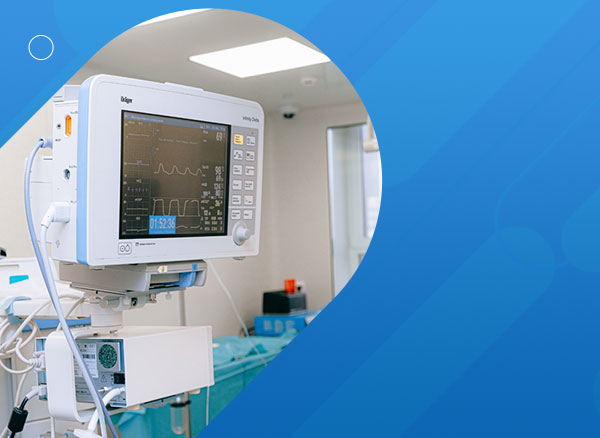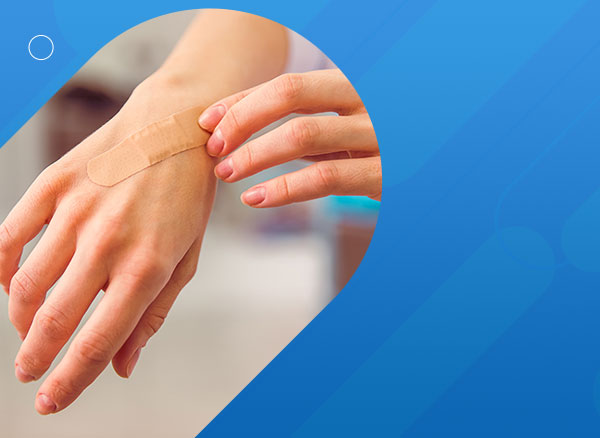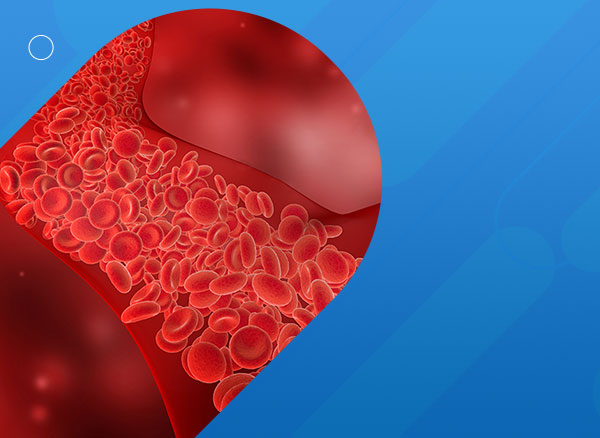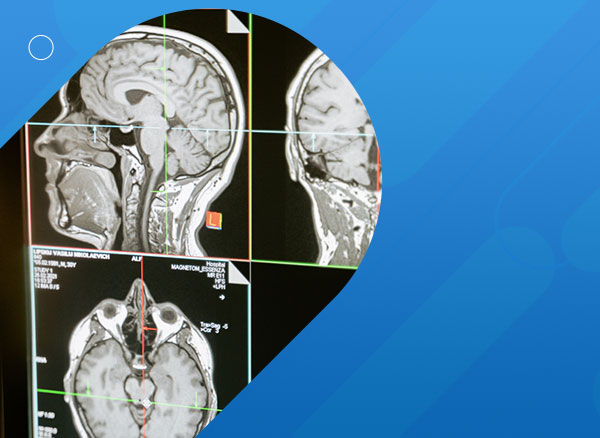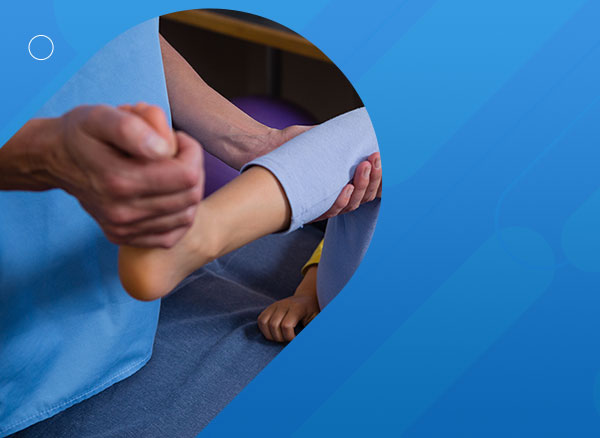
Research & Publications
Pierre Robin Sequence
Pierre Robin sequence (PRS) is classically described as a triad of micrognathia, glossoptosis, and airway obstruction. Infants frequently present at birth with a hypoplastic mandible and difficulty breathing. The smaller mandible displaces the tongue posteriorly, resulting in obstruction of the airway.
Anatomical Study of the Medial Crura and the Effect on Nasal Tip Projection in Open Rhinoplasty
Common variations in morphology of the medial crura have been described. The authors’ observation is that changes in nasal tip projection depend on the shape and strength of the medial crura. The authors investigated how differences in medial crura shape affect tip projection after surgical intervention.
Choice of dressing has a major impact on blistering and healing outcomes in orthopaedic patients
Dressings that employ a clear film and have a high moisture vapour transmission rate have been shown to reduce both the rate of blistering and wound discharge. The additional expense inherent in using such dressings may, in reality, prove cost-effective
A pilot study on the effect of topical negative pressure on quality of life
An exploratory prospective cohort study was conducted on 26 patients undergoing TNP. The Cardiff Wound Impact Schedule (CWIS), a wound-specific tool, was used to investigate quality-of-life scores before therapy and four weeks after therapy or at wound closure.
Beta blockers for peripheral arterial disease
Beta (H) blockers are indicated for use in coronary artery disease (CAD). However, optimal therapy for people with CAD accompanied by intermittent claudication has been controversial because of the presumed peripheral haemodynamic consequences of beta blockers, leading to worsening symptoms of intermittent claudication.
Comparative Study of Cranial Anthropometric Measurement by Traditional Calipers to Computed Tomography and Three-dimensional Photogrammetry
Craniofacial anthropometry by direct caliper measurements is a common method of quantifying the morphology of the cranial vault. New digital imaging modalities including computed tomography and three-dimensional photogrammetry are similarly being used to obtain craniofacial surface measurements.
Negative-pressure wound therapy: a snapshot of the evidence
Topical negative pressure (TNP) is a mode of therapy used to encourage wound healing. It can be used as a primary treatment for chronic/complex wounds or as an adjunct to surgery.
Cosmetic surgery in the NHS: Applying local and national guidelines
There is no worldwide consensus, as to how healthcare should be funded, in a modern society. Limited resources in the UK, have led to restrictions on cosmetic surgery in the NHS. Guidelines governing access to cosmetic surgery have been formulated.
Topical negative pressure therapy
The use of topical negative pressure (TNP) dressings with dermal regeneration template (DRT), Integra, has improved outcomes and simplified aftercare. Previous clinical studies have suggested accelerated vascularisation; with a reduction in the duration of the 1st stage after the application of Integra, from 2 to 4 weeks to as little as 4 days, but with no histological evidence.
